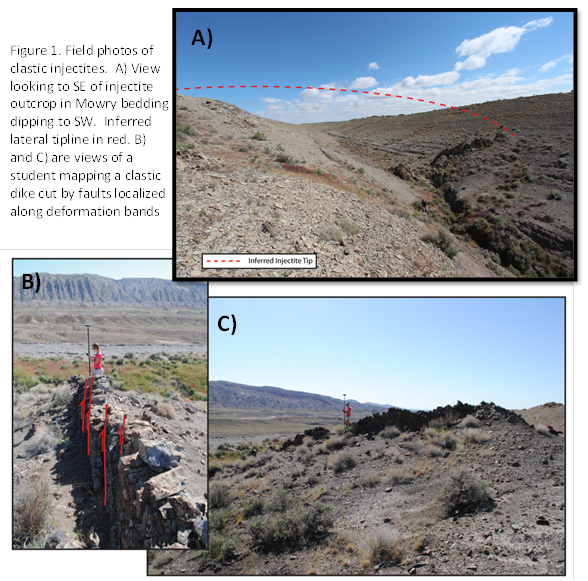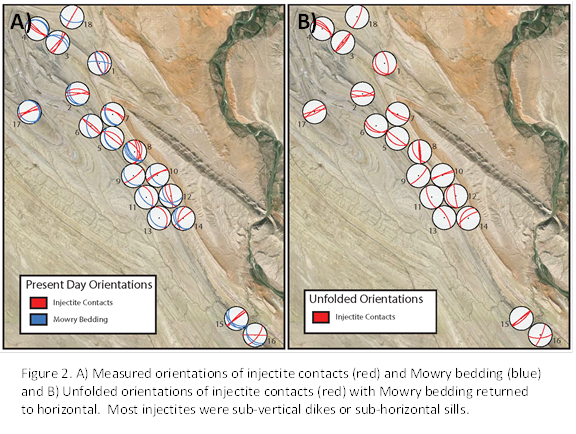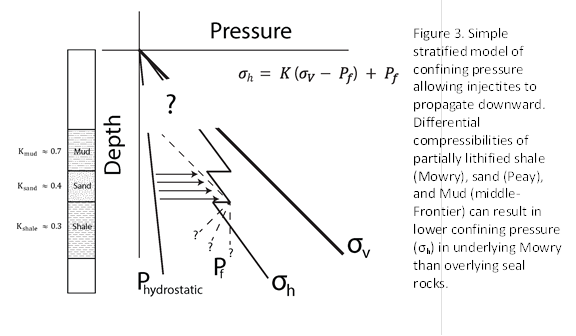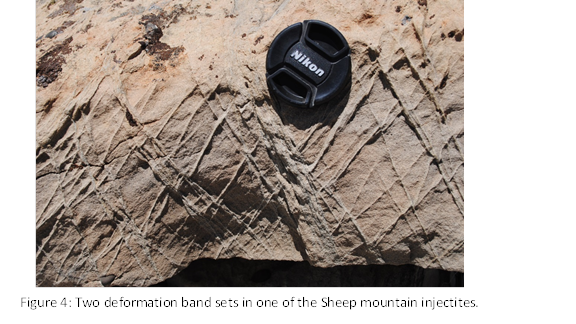Reports: UNI852300-UNI8: A Field-Based Geomechanical Study of the Formation, Deformation, and Internal Structure of Reservoir-Scale Sandstone Dikes, Sheep Mountain Anticline, WY
W. Ashley Griffith, PhD, University of Texas Arlington





W. Ashley Griffith, PhD, University of Texas Arlington





Copyright © American Chemical Society